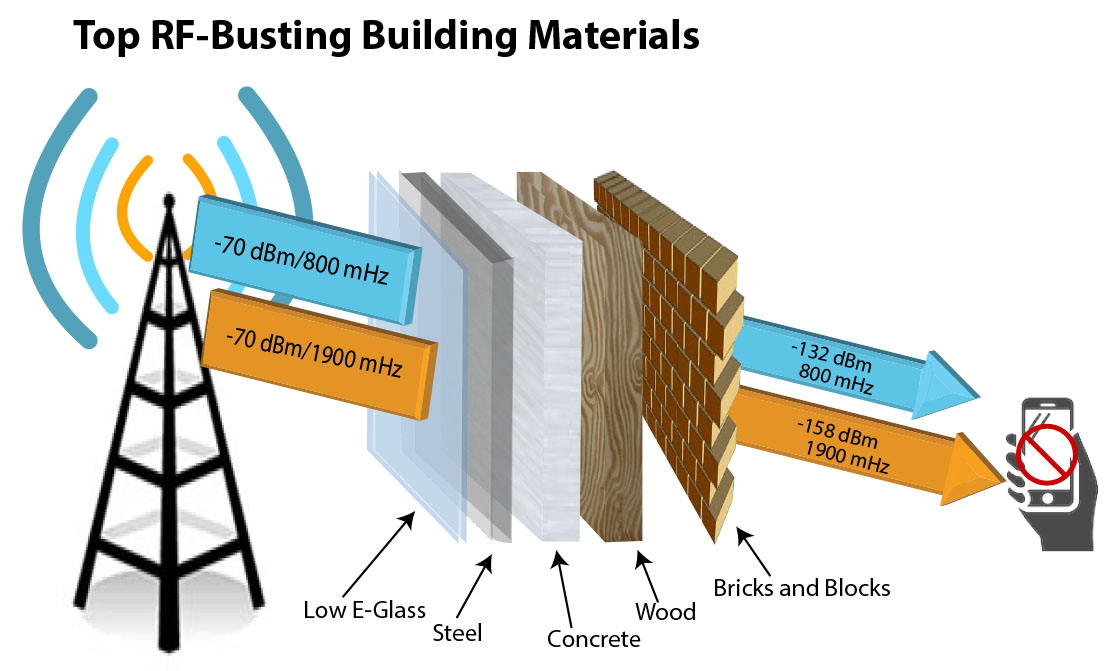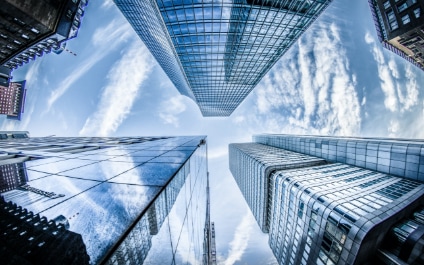How the two can coexist.

As we continue to grow in our understanding of the planet, we call home, including what harms it versus what helps it stay healthy, how we approach life continually changes. Advances in technology are often the driving forces behind these changes, touching everything from shipping logistics to the efficiency of your car.
Even how we construct buildings has evolved drastically in recent years. Dubbed “green buildings,” these modern structures are designed to offer modern conveniences and safety while promoting more eco-friendly practices.
What exactly makes a building green?
We’re glad you asked! Check out our guide to green buildings, the challenges they present, and some potential solutions below.
Green Certification
To understand what defines a green building, you must first consider the two primary types of green certification given to qualifying buildings in the United States. While both of these certifications set the standard for sustainable design, they do so in different ways.
Energy Star
There’s a good chance you’ve seen the Energy Star logo on everything from household appliances to lightbulbs. Despite its prevalence, most people are unaware of exactly what Energy Star designation implies or that buildings can also receive certification.
Energy Star performance standards are dictated by the EPA, which grades buildings on a scale from 1 to 100. The higher the score, the lower emission the building is. To receive Energy Star certification, a score of over 75 points must be achieved. Each year, the buildings are reevaluated and can either lose or retain their certification.
LEED
Short for Leadership in Energy and Environmental Design, LEED certification was developed in the 1990s to encourage sustainability. As such, structures must meet stringent standards in order to qualify for this enviable designation.
LEED certification is awarded based on a point scale. These points are divided into six categories.
- Design and innovation
- Energy efficiency and source of energy
- Presence of natural light and interior features
- Sourcing of materials and management of waste
- Sustainability of the site
- Water efficiency
Based upon the point system above, LEED certification is broken down into three distinct levels for commercial buildings, including BD+C, ID+C, and O+M.
- BD+C: This category, called Building Design and Construction, applies to the core and shell of new construction projects, as well as major renovations to commercial, healthcare, hospitality, retail, and school buildings.
- ID+C: The Interior Design and Construction LEED certification level applies to new interior projects. The design and construction of commercial, hospitality, and retail projects are all included in this category.
- O+M: This level of LEED certification is referred to as Building Operations and Maintenance. It includes minor improvements to existing commercial, healthcare, hospitality, retail, and school buildings.

Building materials blocking radio frequency causing a drop in cell phone signal reception strengh
Green Buildings and Cellphone Interference
With cellphone service, especially internet-like speeds, blanketing the majority of the country, and companies prioritizing increasing the availability, speed, and strength of signals, the presence of cellphone service has come to be expected in most areas.
Delivering better and better service becomes increasingly hard when obstacles are involved,
however. Because radio frequency signal strength (which is measured in dBm) can be drastically slowed by solid objects, everything from trees to walls can blunt the strength of cellphone service.
The challenge of providing reliable, high-speed service is compounded by many of the materials used in green buildings. This leads to an unfortunate correlation—the more green buildings that are built (good), the more problems with cellphone service will be created (bad).
For example, Low-E Glass is frequently used in green buildings thanks to its unique ability to block UV while still letting in light. While these traits are fantastic for energy efficiency and sustainability, Low-E Glass also blocks as much as 40 dB from cellphone signals. For context, 4G tends to be about 90 dBm.
Low-E Glass isn’t the only radiofrequency blocker used in green buildings. Bricks, blocks, concrete, and steel all have cellphone service blocking characteristics ranging anywhere from 20 dB to 50 dB. Even materials such as drywall, insulation, and wood can limit the service that reaches you within a green building.
What Can Be Done
Green buildings are the new standard, and they’re here to stay. In most ways, this is a good thing. Holding construction to higher standards of efficiency and sustainability should produce positive changes. That doesn’t mean that these buildings come without challenges.
Instead, new innovation must rise up to meet those challenges. With people coming to not only expect but also rely on cellphone service, it is imperative to find solutions to the radio frequency interference caused by the materials used in green buildings.
Many look to 5G for answers. While 5G is sure to bring mind-blowing speeds to the little device in your pocket, it operates on a higher frequency than 4G and even 3G. What this means is that the interference of green buildings will actually affect 5G more than it affects other generations of wireless technology.
So, what can be done?
Cellphone signal boosters can be used to amplify signals, keeping reliability and speed at appropriate levels for everyone inside the building—green or not. They work by pulling signals from outside the building, boosting them, and then rebroadcasting them within the building. Not only do they improve the service reaching cellphones within the building, but they also take signals from those phones and rebroadcast them to nearby cell towers, ensuring both incoming and outgoing signals are dependable and quick.
Making Your Green Building Cellphone Friendly
Technology changes at breakneck speeds. It can be difficult and overwhelming to keep up, but it’s not impossible, especially when you have an experienced team on your side. Your Business Solutions has been helping businesses stay ahead of the curve for years, and we’re not slowing down.
If you want help keeping cellphone speeds in your green building lightning-fast, we can help you determine your needs, develop a plan, and implement the right technology. It’s no secret that business security and technology are vital to success in this day and age. That’s why Your Business Solutions is dedicated to bringing (and keeping) your business up to speed.

